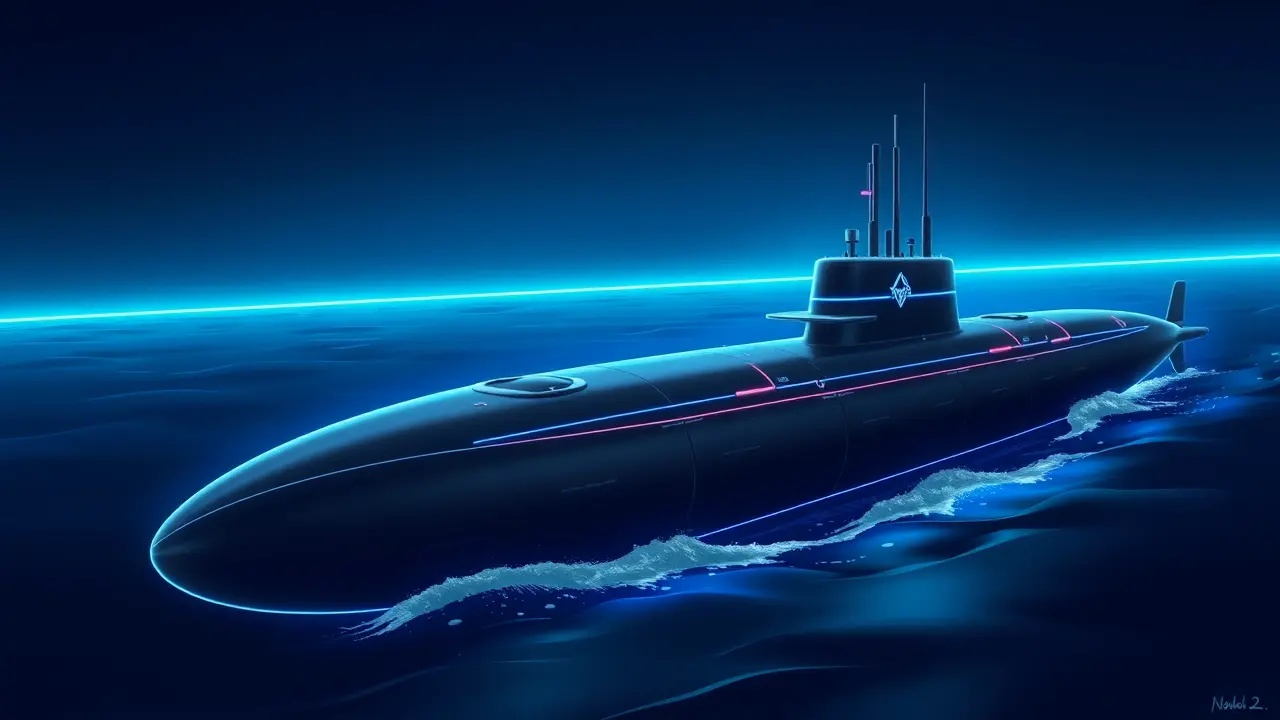
Politicsconflict & defenseAlliances
US Approves South Korea's Nuclear-Powered Submarine Program
OL
Oliver Scott
8 hours ago7 min read1 comments
The United States has formally approved South Korea's pursuit of a nuclear-powered submarine program, a tectonic shift in Northeast Asian security architecture that fundamentally recalibrates the region's balance of power. This landmark decision, emerging from high-level consultations during the Trump administration's strategic review, elevates South Korea into an exclusive club of nations—including the United States, Russia, China, the United Kingdom, France, and India—possessing such formidable naval assets.The strategic calculus here is profound and multi-layered; by granting Seoul this capability, Washington is not merely upgrading an ally's fleet but is executing a deliberate, high-stakes maneuver to counterbalance China's rapidly expanding naval presence and to reinforce deterrence against North Korea's escalating nuclear and missile provocations. Analysts are already modeling the ripple effects: a nuclear-powered submarine, with its near-unlimited endurance and stealth, provides South Korea with a persistent, survivable second-strike capability, a critical asset for a nation living under the constant threat of annihilation from its northern neighbor.This move effectively extends the US nuclear umbrella in a more tangible, forward-deployed manner, complicating Pyongyang's attack planning and presenting Beijing with a new, persistent challenge in the Yellow Sea and beyond. However, the decision is not without its inherent risks and diplomatic complexities.It inevitably raises questions about nuclear non-proliferation norms, potentially setting a precedent that other US allies—such as Japan or Australia—might seek to follow, thereby triggering a regional arms race. Furthermore, it demands a delicate diplomatic dance with China, which will undoubtedly view the proliferation of such advanced military technology in its backyard as a direct threat to its core security interests, likely prompting countermeasures and increased naval patrols.From a technical standpoint, the program represents a monumental industrial challenge for South Korea's renowned shipbuilding sector, requiring the seamless integration of a small, safe naval reactor—likely based on US technology—into an indigenous hull design, a feat of engineering that will take nearly a decade and tens of billions of dollars to achieve. The geopolitical implications are equally staggering, signaling a potential decoupling of US security strategy from purely non-proliferation objectives towards a more pragmatic, alliance-centric approach under a Trump doctrine that prioritizes hard power and burden-sharing.This is not just about submarines; it is about rewriting the rules of engagement in a region where the specter of conflict looms large, and where every new weapons system carries the weight of historical animosities and future ambitions. The approval is a strategic gambit, one that strengthens an ally's hand immeasurably while simultaneously introducing new variables into an already volatile equation, ensuring that the strategic landscape of Northeast Asia will be contested beneath the waves for decades to come.
#featured
#United States
#South Korea
#nuclear submarines
#defense alliance
#strategic landscape
#Northeast Asia
Stay Informed. Act Smarter.
Get weekly highlights, major headlines, and expert insights — then put your knowledge to work in our live prediction markets.
© 2025 Outpoll Service LTD. All rights reserved.